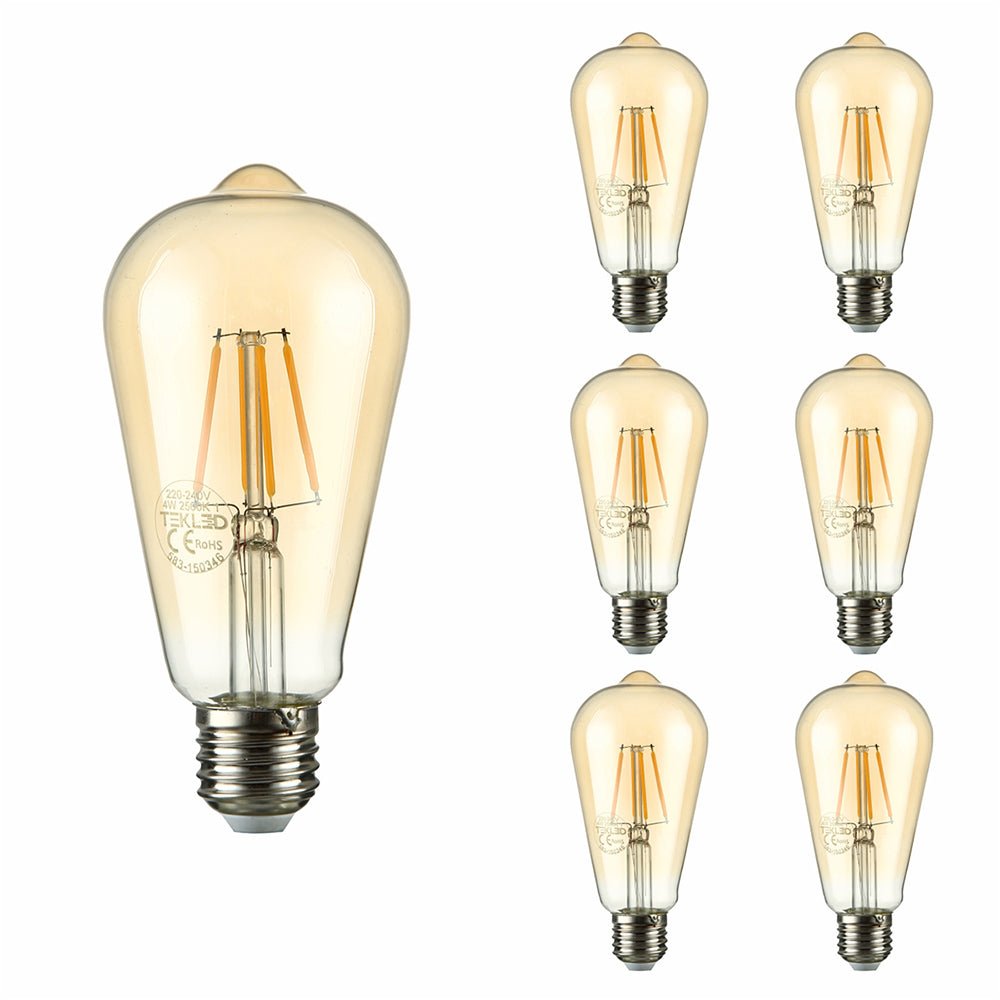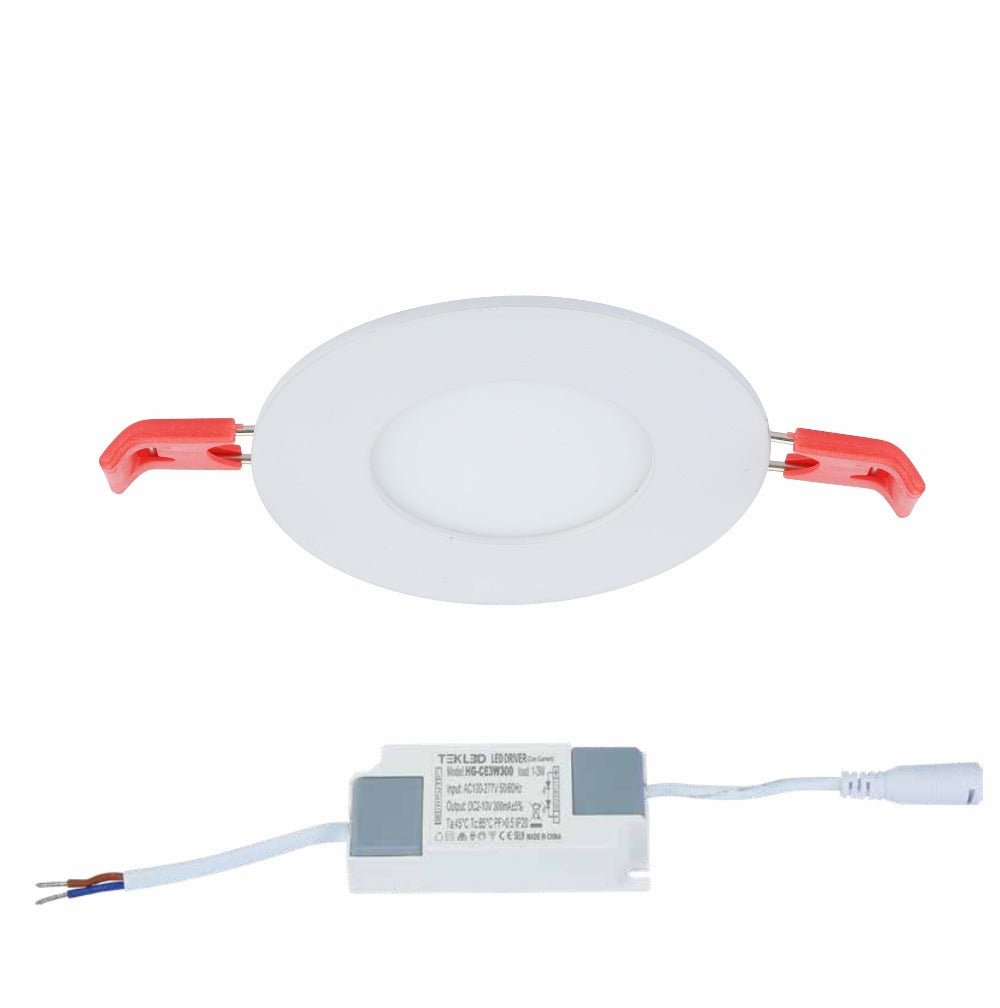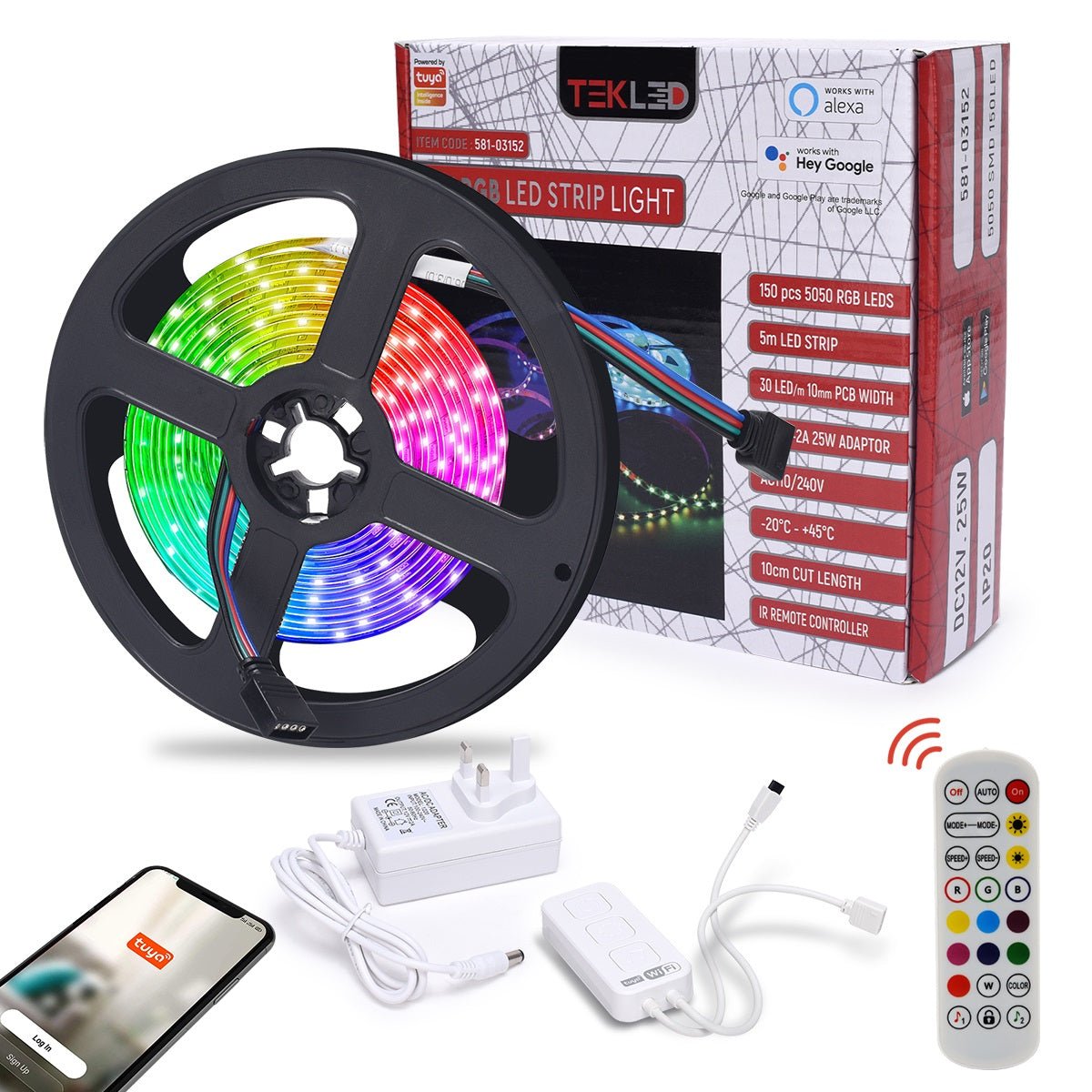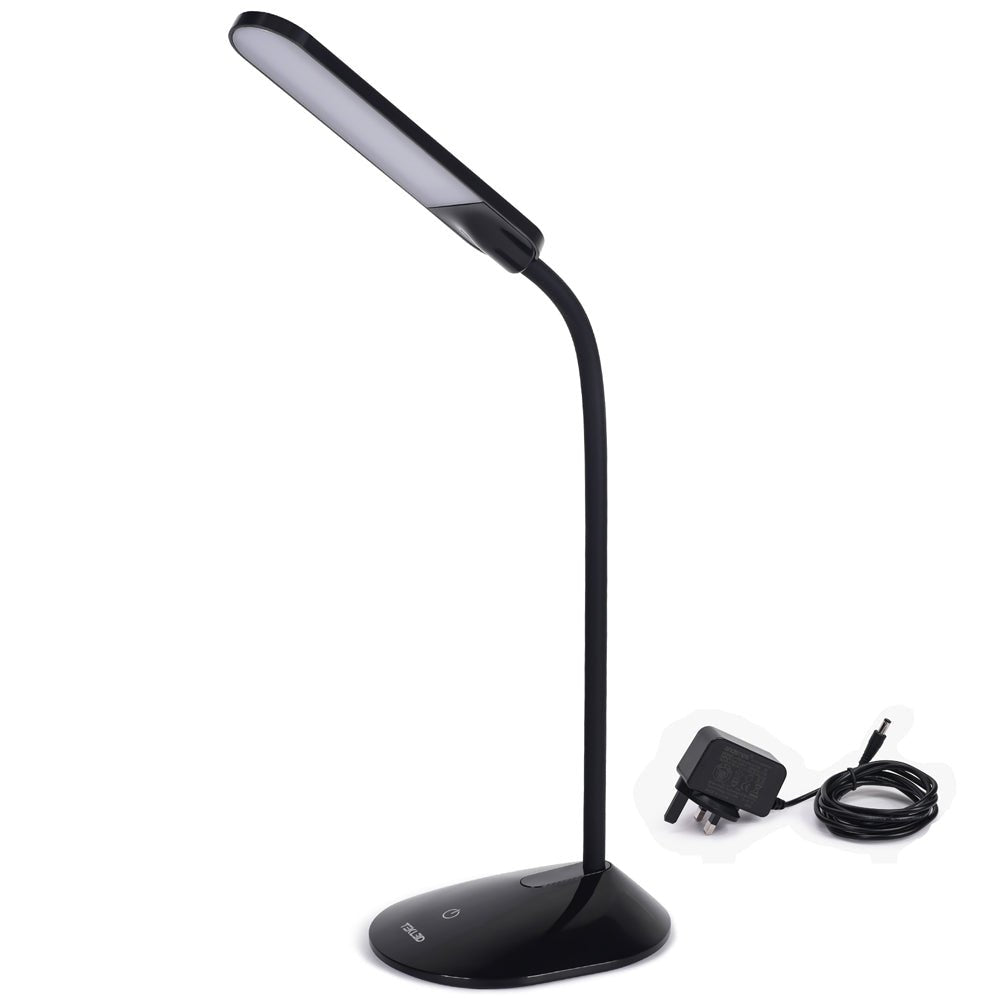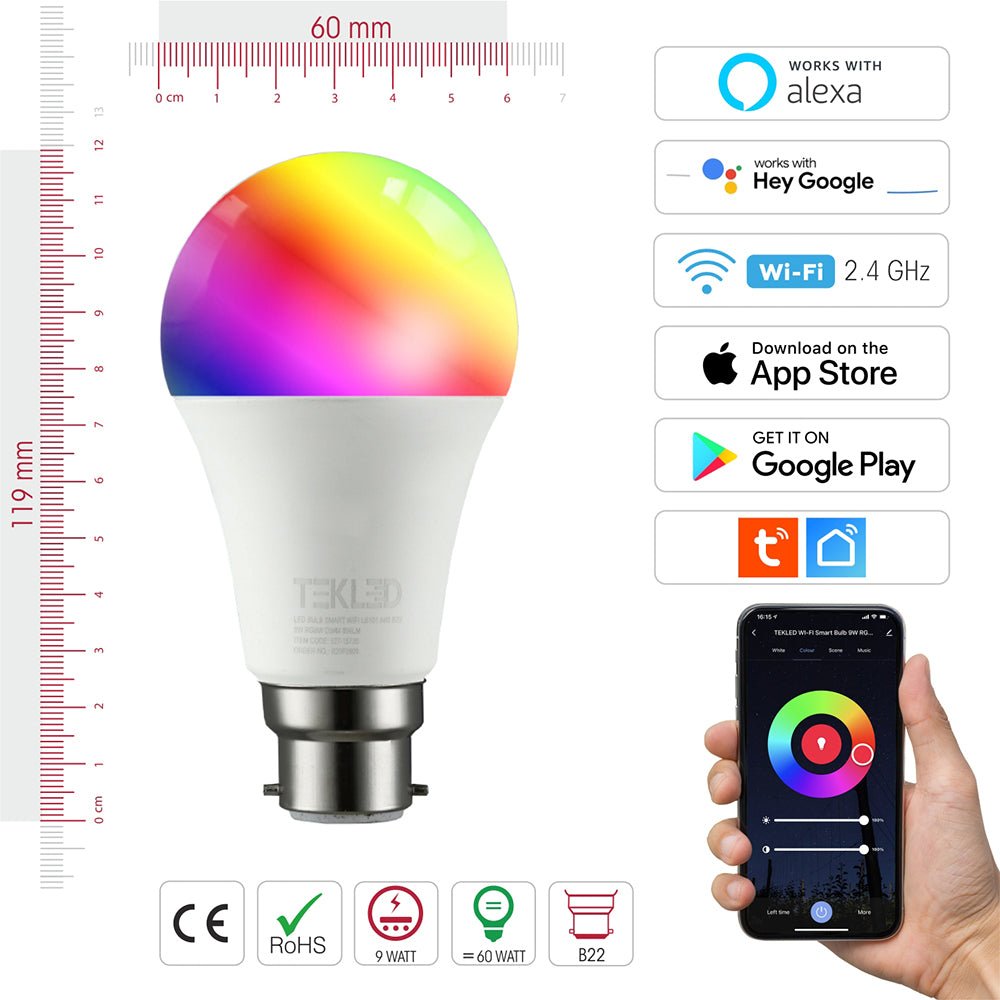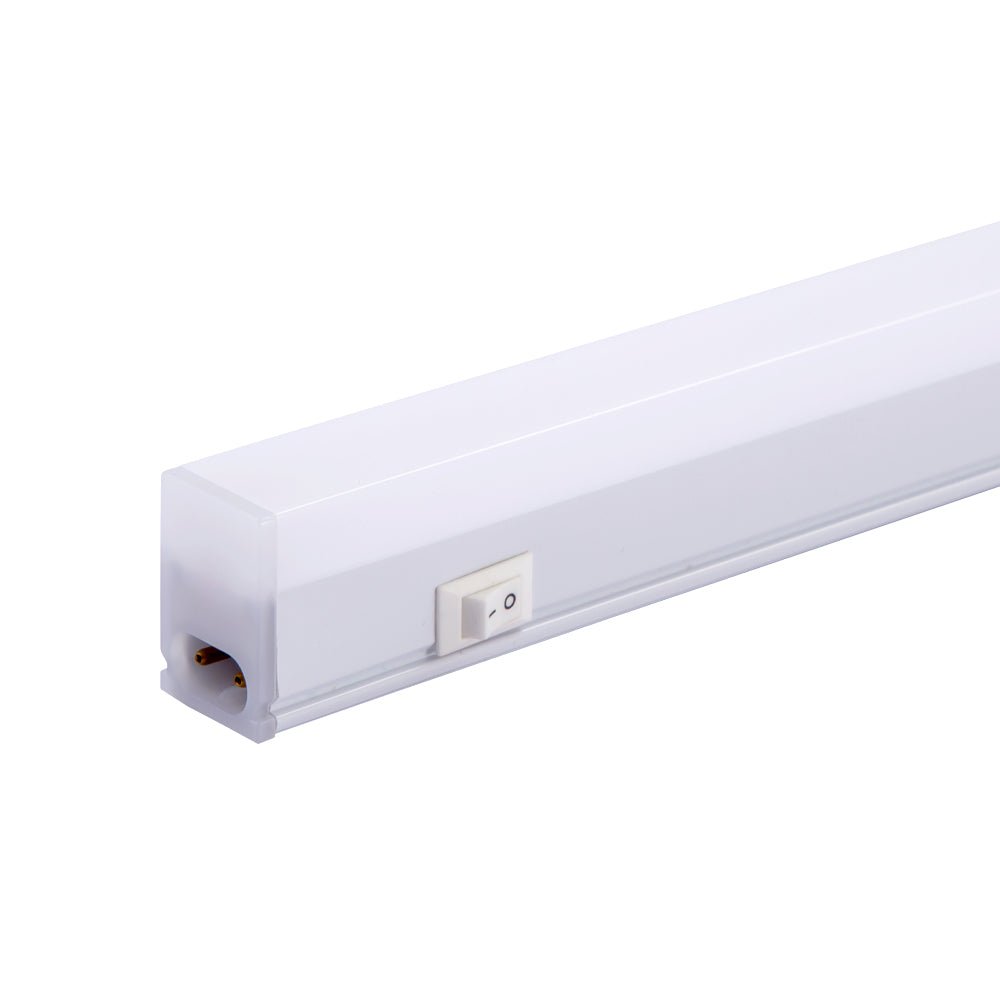What are LED Lights?
LED lights are a type of lighting that uses LEDs. These are small electronic components that produce light by passing current through a semiconductor material. LEDs can be used in any application where you need to emit light.
LED lights are a type of lighting that uses LED technology. They have many features and benefits, including:
LED lights can be used in any area where you need illumination--from the kitchen to your car's dashboard to the bathroom.
They are energy efficient, which means they will save you money on bills every month as well as help reduce CO2 emissions by not using up so much electricity when they're turned on.
What do LED Lights do?
LED lights are more efficient than incandescent lights and CFLs. LEDs use less energy, so they save money on your electricity bill. They also last longer than other types of lighting, so you don't need to replace them as often.
How do LED Lights give light?
LEDs are a type of light source that uses electricity and does not produce heat. In other words, they're like a bulb but they don't use any electricity at all!
LEDs are made up of many tiny chips called "diodes" which glow when you shine light on them. LED lights aren't just great at giving off brightness--they also help save energy by using less energy than regular bulbs and incandescent lamps (those old lamps with glass shades).
Can you replace any Light with an LED Light?
Yes, but you will have to purchase a new lamp or fixture. You can't just replace one bulb with another bulb that looks similar. This is because the bulb produce light may not be same voltage with the LED bulb or the traditional bulb may have a transformer or ballast but LED bulb may not need those therefore does not perform as well when it comes to providing light. With help of an electrician you can replace all bulbs with LED lights.
In addition, LEDs use a lot less energy than incandescent bulbs (1/3rd less). They also last longer so they don't need replacing as often either!
What Should Be Considered When Choosing LED Lights?
When choosing an LED light, you should consider its efficiency and durability. While incandescent bulbs are notorious for burning out quickly, LEDs can last much longer than their predecessors--and they'll keep running even when they're not being used.
In addition to the longevity of your product, it's important to look at how environmentally friendly your chosen technology is. LEDs use less energy than traditional lights (up to 75 percent less), which means that you'll save money on your utility bills as well as reduce greenhouse gas emissions from your home or business premises by using more efficient equipment like these lights instead of older models that produce more heat than light output after being turned on all night long every day until sometime around noon when everyone goes outside again just so we can have lunch together without having iced cold drinks!
Are LED Lights Costly?
The cost of LED lights is much less than that of incandescent and CFLs. The same size light bulb costs about $20 in traditional incandescent bulbs, while it can be as little as $6 for an LED version. On the other hand, fluorescent lamps are more expensive than LEDs because they use more electricity when they're on; however, they also last longer and don't require replacement often like their halogen counterparts do. 10 years ago
Do LED Lights Save Energy?
LED lights use less energy than traditional light bulbs, which means they're more efficient and they last longer. The spare parts are also easier to replace if something breaks down--and you won't have to spend hours finding the right one in your local hardware store.
LEDs are also more durable than incandescent and fluorescent bulbs. They can withstand higher temperatures without melting or breaking apart, so there's no risk of fire or explosion like with tungsten filament bulbs (incandescent) or halogen lamp modules (fluorescent).
What are LED Lights Colors?
LED lights are available in a wide variety of colors, shapes and sizes. You can choose from warm white, cool white and neutral white to suit your needs.
The color of LED lights is measured by the amount of red light emitted by the device or bulb. This can be measured in candelas per square meter (cd/m2), which refers to how much light was emitted by one candle placed at an equal distance from each other on an opaque surface such as glass or plastic.
What are the Types of LED Lights?
LED lights are a type of light that has an LED (light-emitting diode) which is a semiconductor that emits light when current passes through it. They are made in three primary colours: red, green and blue. These LEDs can be used to create white lighting or colour-changing effects such as changing the colour temperature on your television screen when you turn it on.
There are many different types of LED lights available in the market today:
Residential Lighting: This includes bulbs for ceiling fans, chandeliers and table lamps; wall sconces; wall lights; under cabinet lights; desk lamps; floor lamps...etc...
The most common types of LED lights are the ones that use a single colour, such as red or blue. These lights can be used individually, or they can be combined with other colours to make more complex patterns. The other type of LED light is called white light or full spectrum which uses a combination of different hues to produce bright, beautiful colours that won't tire your eyes so easily (or at all).
